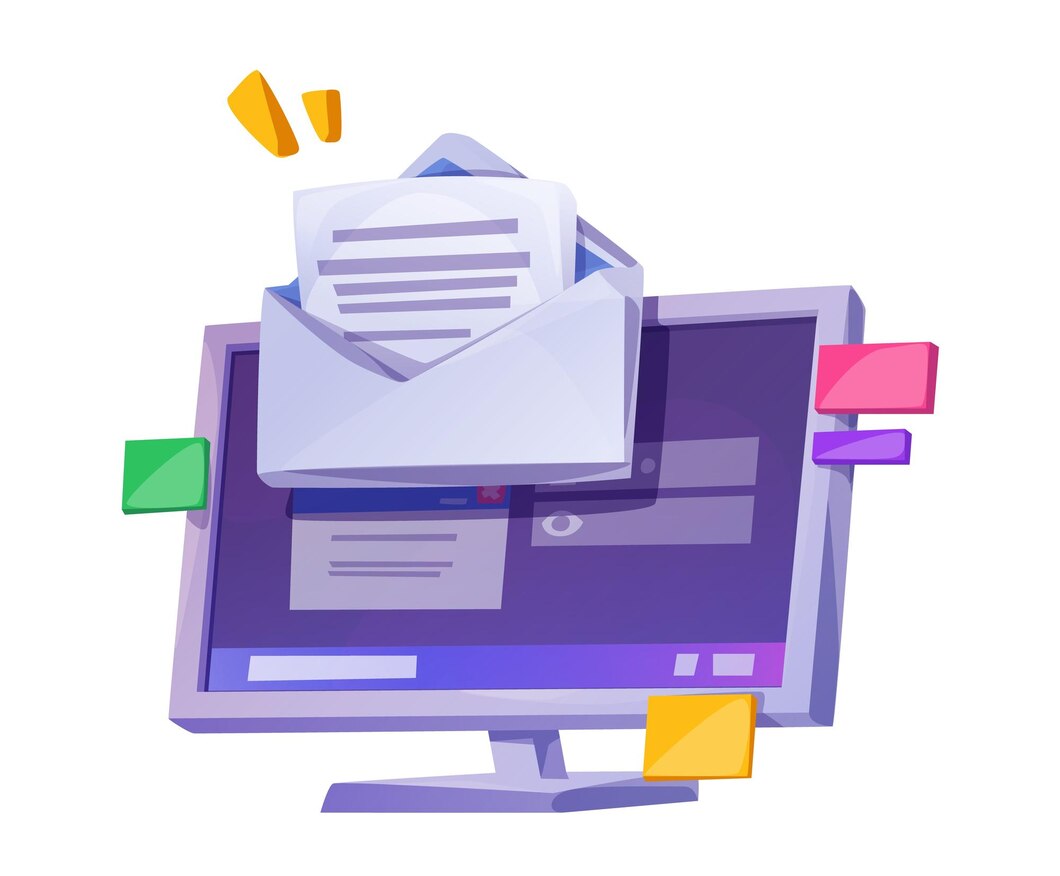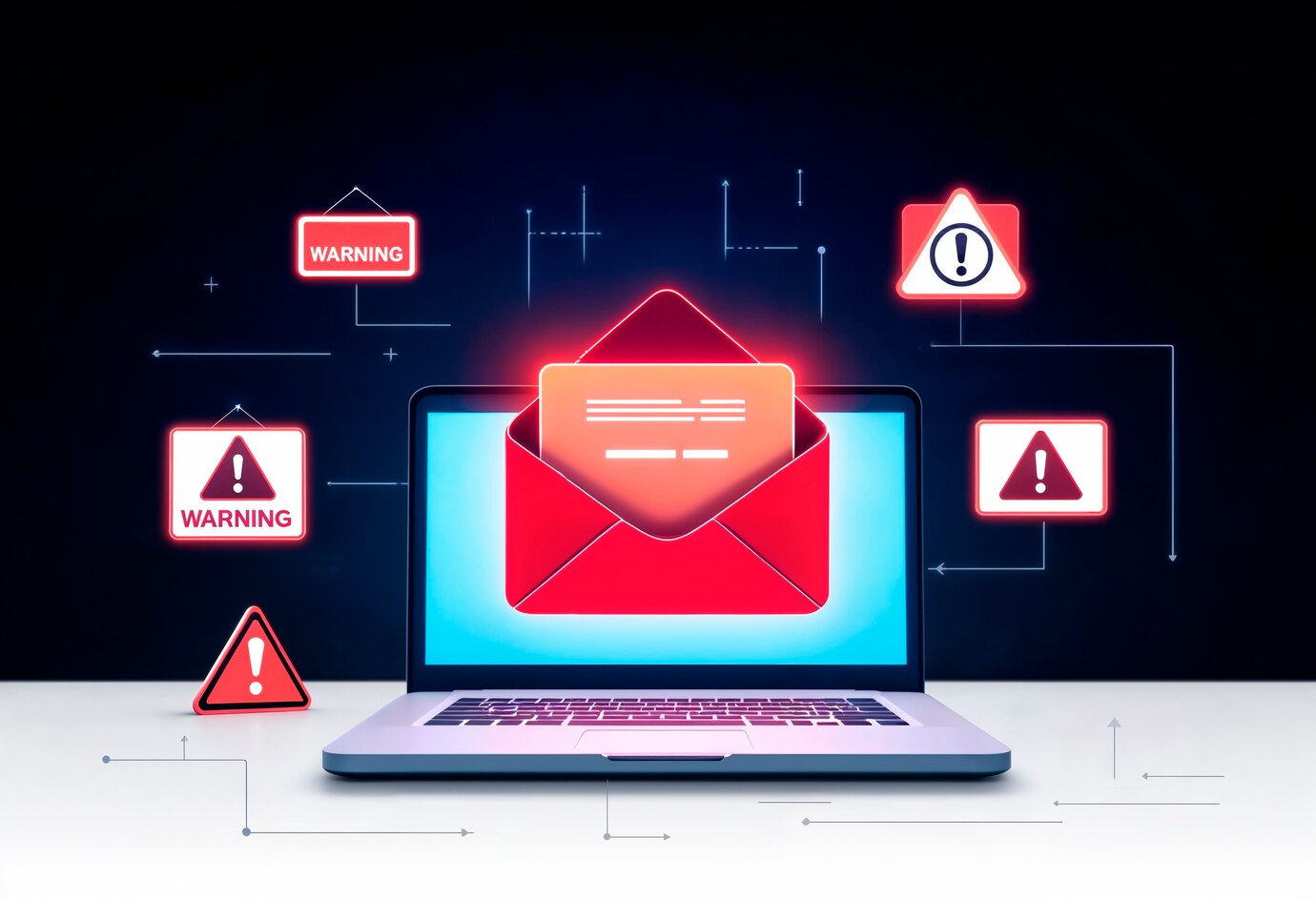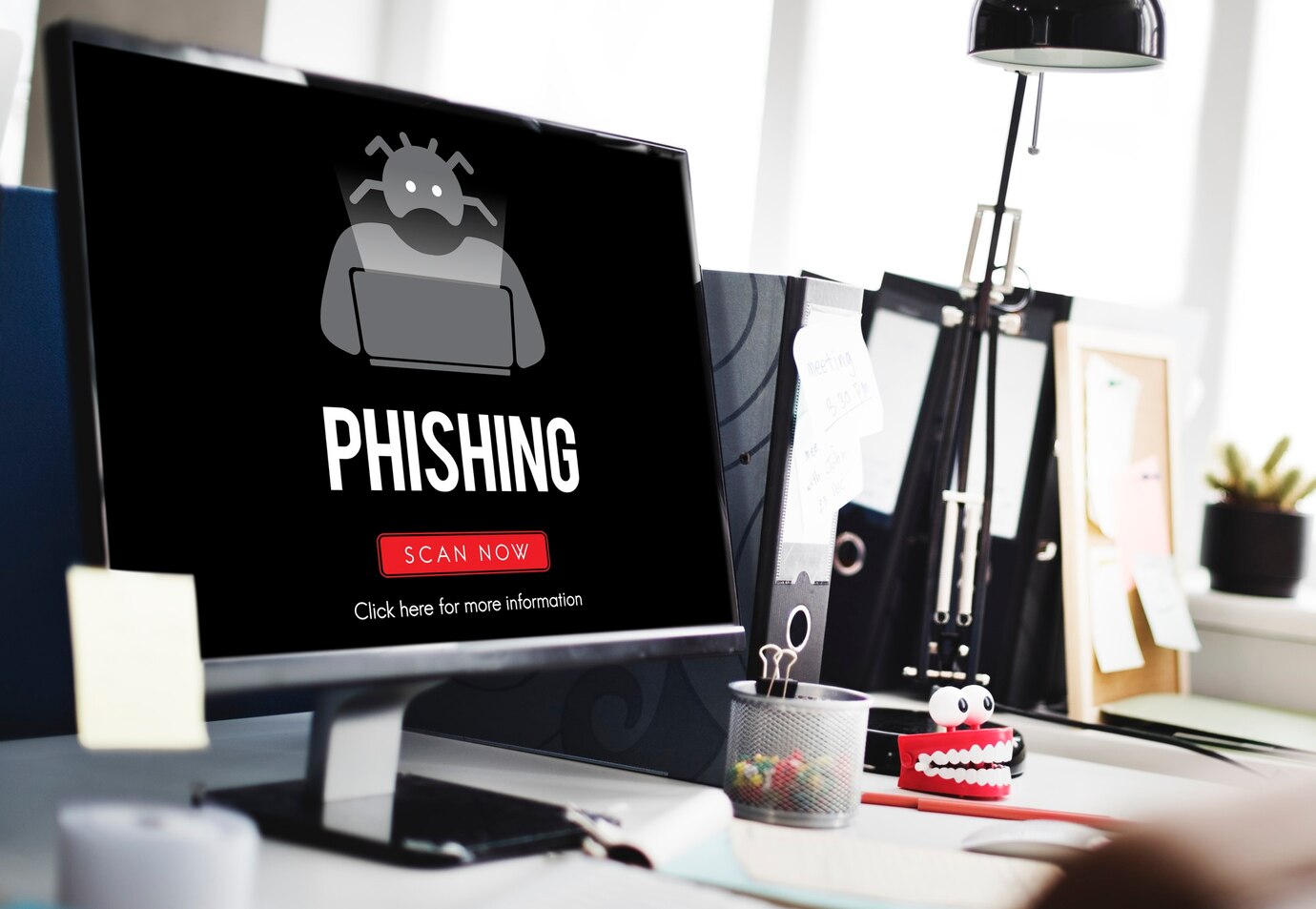Modern technology has significantly changed the way we communicate and conduct financial transactions. Email has become an integral part of our lives, providing convenience in exchanging information. However, as email campaigns have grown in popularity, scammers have found new ways to deceive citizens. Email fraud, especially phishing, has reached an unprecedented level of complexity and diversity. The choice of victims by fraudsters has become more targeted, and their deception methods more sophisticated.
Financial fraud schemes are becoming more common and dangerous. It's important to understand how these schemes work to protect your personal data and financial assets.
What is Phishing and How Does It Work?
Phishing is a fraud method where scammers send fake emails, often on behalf of reputable organizations, to trick the recipient into providing confidential data such as passwords, credit card numbers, and other financial information. These emails often look very convincing and may contain logos and design elements similar to official emails.
The key to successful phishing is that scammers use psychological tricks. They may create a sense of urgency, threaten account blockage, or offer nonexistent winnings. As a result, recipients sometimes rush to react, not realizing they may be putting themselves at risk.
Fake Bank Emails: How to Recognize Them?
One of the most common types of phishing is fake bank emails. Scammers send emails similar to bank notifications, which may contain the following elements:
- Bank logo and branding
- References to urgent actions (e.g., “Your account will be blocked”)
- Fake links to a website that looks real but is intended to steal data.
It's important to carefully check the sender's address. Fake emails can be easily recognized if you closely examine the email address from which the message was sent. If the address looks suspicious, it's better to ignore such an email.

Email Scams: Types of Fraud
There are many types of scams that are carried out via email. One of the most popular is the "won funds" scam. Scammers send emails claiming a lottery or promotion win, but to receive the prize, you need to pay a tax or fee.
Another common type is the "employment information" scam. Scammers may offer attractive job positions with high salaries, but you need to pay for training or other services first.
Diligent verification of information is one way to prevent such cases. Always refer to the official website or call the official number of the organization to verify the integrity of the email.

Fake Invoice Scams
Financial scammers use various schemes to deceive citizens with fake invoices. This usually happens as follows: the victim receives a dubious letter about outstanding debts or other financial obligations. The email includes links to fake documents and invoices that may look legitimate.
To protect yourself from such scams, always consult with experts or lawyers before conducting any financial transactions, especially if they involve new or suspicious communications.

Financial Email Fraud
Financial email fraud is not just phishing but also more complex schemes. For example, some scammers may include instructions in the email on transferring funds to a specific bank account. Very often, these schemes are masked as legitimate sales or investments.
It's important to realize that legitimate companies will never request personal or financial information via email. All important requests should be made through secure communication channels or directly on the official website.
How to Recognize Phishing Emails?
Signs of phishing emails can vary, but there are several common characteristics to watch out for:
- Unusual email style: If an email looks unnatural, contains many errors, or has an inconsistent style, it could be a sign of phishing.
- Link to a suspicious site: It's necessary to verify the reliability of a link before clicking on it. You can hover over the link to see where it leads.
- Request for personal information: If the email contains demands for passwords or other confidential data, it should raise a red flag.
- Unexpected message from a known company: If you were not expecting a message from an organization you deal with, it's best to verify its authenticity.

Protection from Email Scammers
Following a few rules can help minimize the risk of falling victim to email fraud:
- Regularly update passwords and create a complex combination of characters.
- Install antivirus software and keep it up to date.
- Enable multi-factor authentication for all your accounts.
- Never click on links from suspicious emails.
Financial fraud through email campaigns, such as phishing, is becoming more sophisticated and diverse. Understanding their mechanisms and identifying signs of fake emails is a key skill for protecting your finances and personal information. It's important to stay vigilant and not give scammers a chance to succeed. By following simple precautions and security tips, you can significantly reduce the risk of falling victim to fraud. Remember: if any message raises doubts, it's better to take the time to verify it than to risk your money and data.



